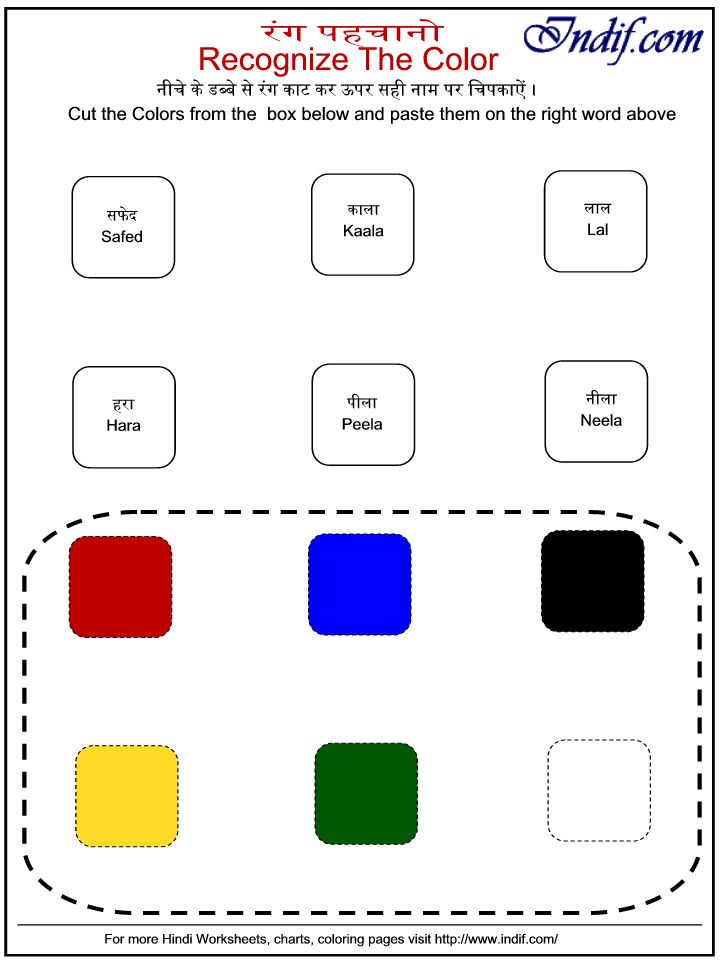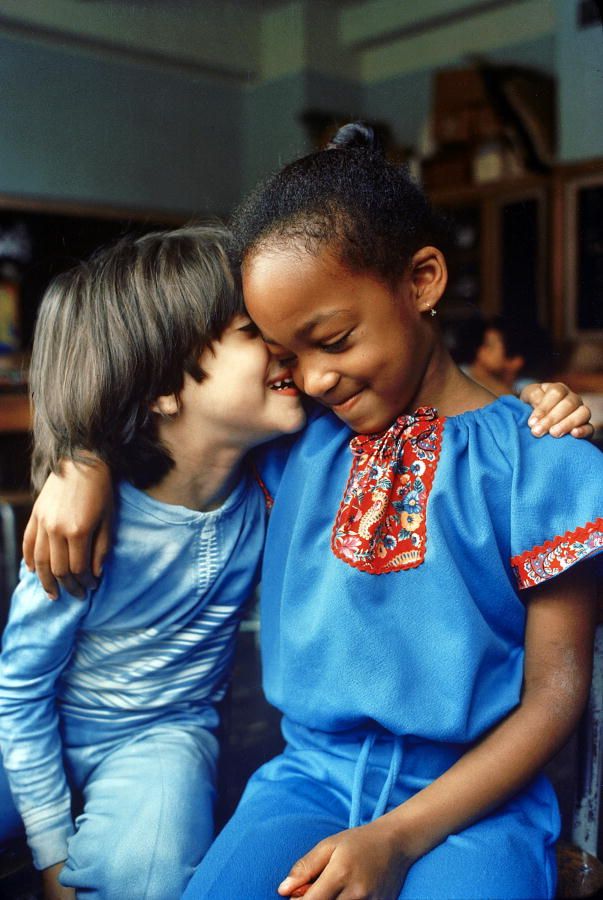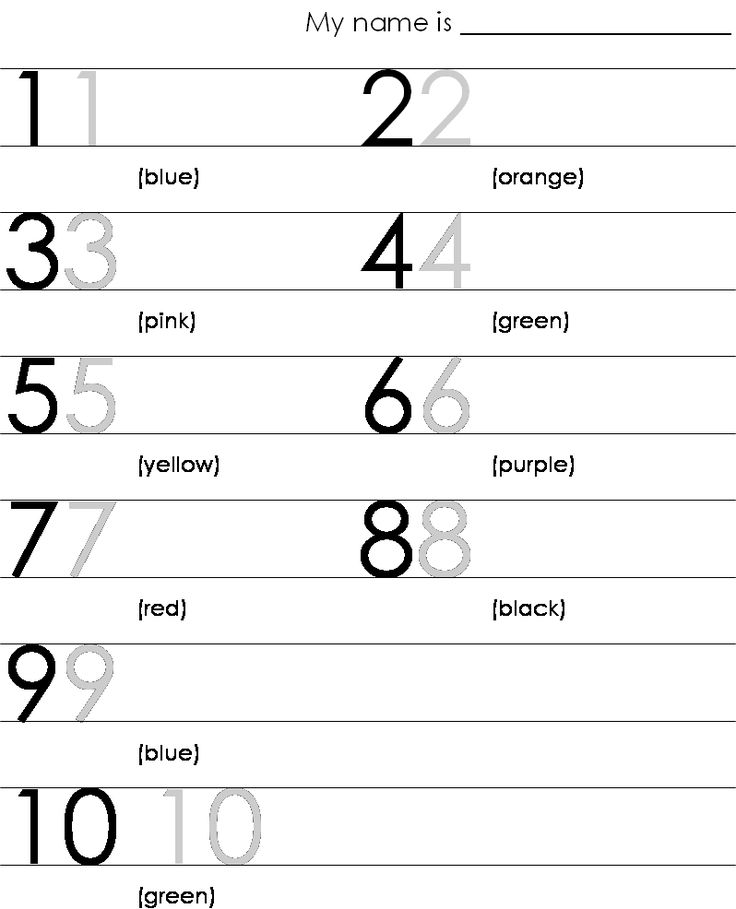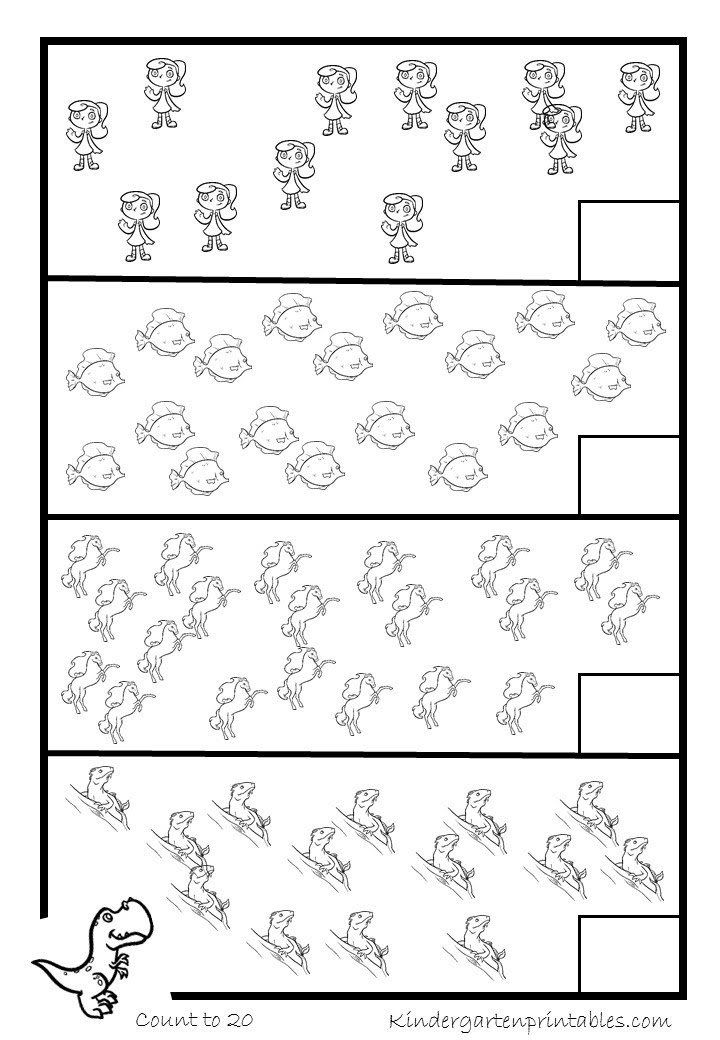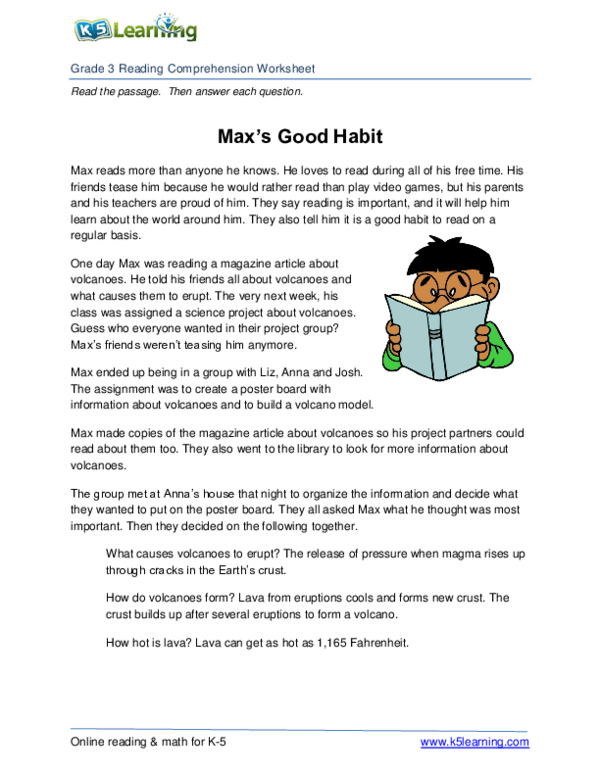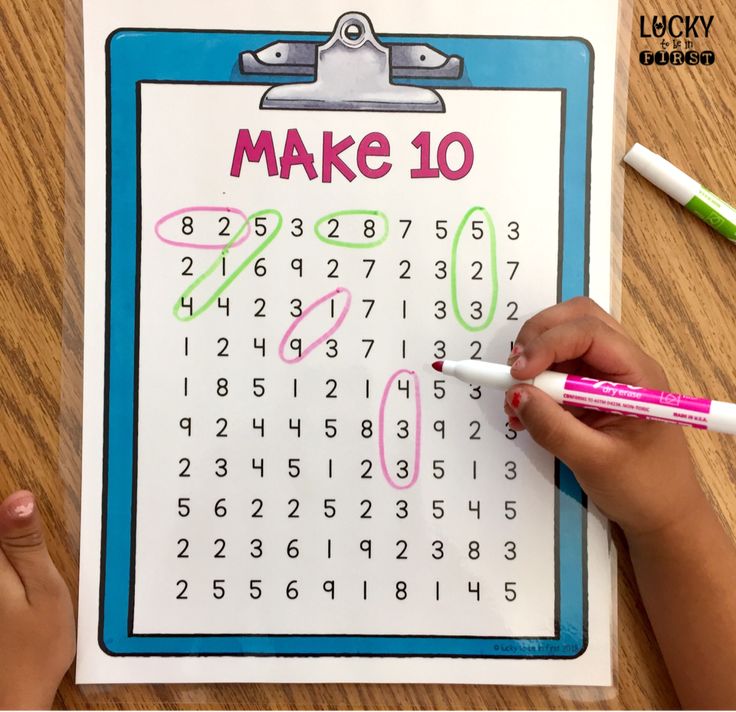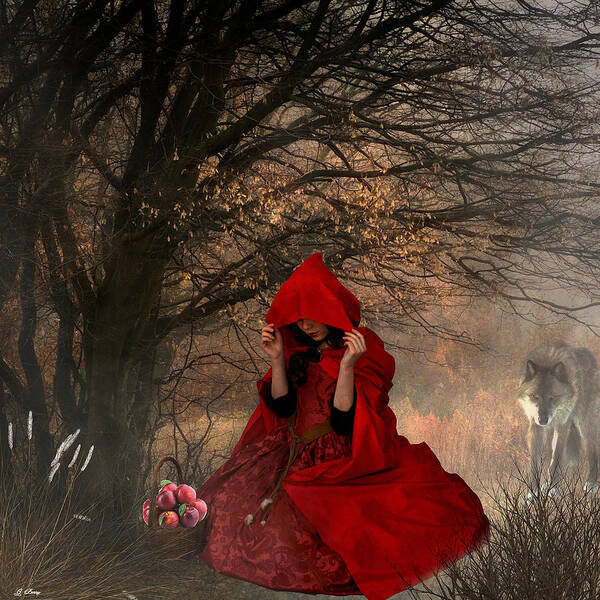The color for kids
How To Help Your Young Child Learn Colors
What are some fun ways to teach colors for kids? If this is a question you’ve been asking yourself, you’ve come to the right place.
As a toddler or preschooler, your child has definitely noticed all the different hues in the world around them, but now it’s time to help them make sense of it all.
Fortunately, teaching your child colors doesn’t have to be an overwhelming task. As you will see below, this can be a fun and engaging learning experience for both you and your child.
With a bit of planning and creativity, your young learner will soon know all the colors of the rainbow and so much more!
Table of Contents
- Why Is Learning Colors For Kids Important?
- Tips To Keep In Mind
- 10 Simple Activities To Teach Colors For Kids
- Make Every Day A Colorful Day
Why Is Learning Colors For Kids Important?
Our world is made up of different shapes and colors. Cars, houses, flowers, trees, buses, fruits, tall city buildings…everything has its own unique visual characteristics.
Before they were even a year old, your child noticed these things, too, but of course, none of it made sense. Now that they are older, it’s time to start piecing together all the information from their environment.
Teaching your child colors will help them make sense of the world around them. But did you know that understanding colors can also impact language skills and overall learning?
It’s true! As your child begins to understand that words represent objects, they’ll also realize that some words can describe certain features of those objects.
For example, blue can describe the sky, a blueberry, and a blue crayon. As your child starts to use color words to describe the things around them, they are also building their vocabulary and becoming better communicators.
But language isn’t the only academic skill built through lessons on colors for kids. Perhaps the most surprising of all is how learning colors can help introduce children to basic math skills. How?
Remember that every time you introduce your young learner to a new color, their brain actively works to process the information.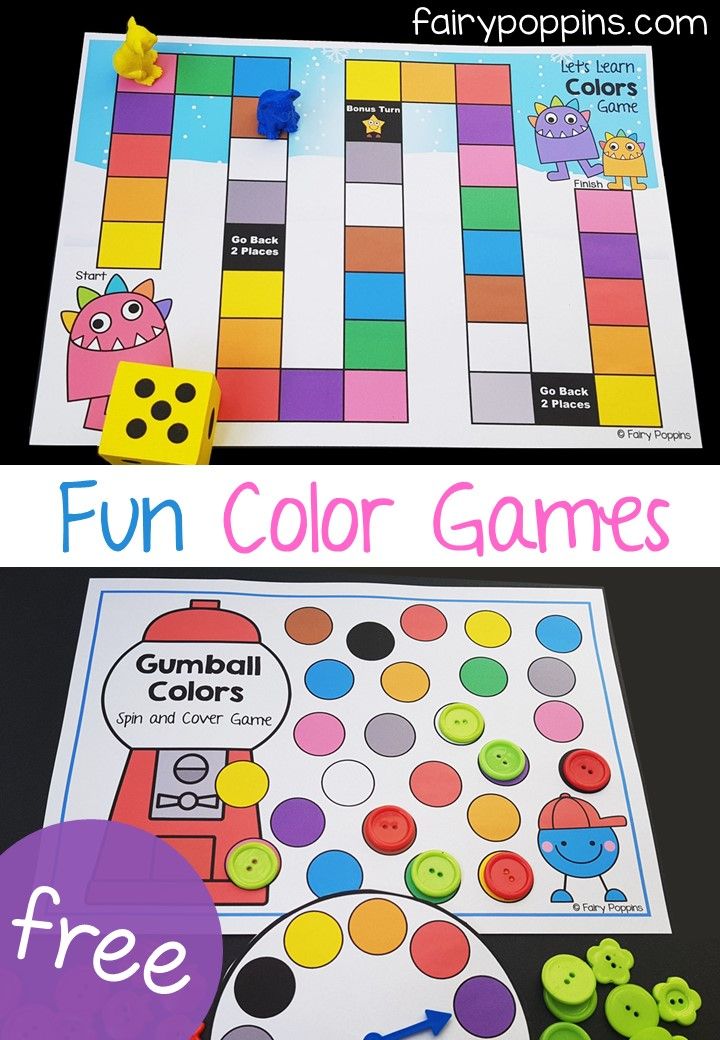 A lot of organizing, categorizing, and comparison takes place when sorting different colors and shapes.
A lot of organizing, categorizing, and comparison takes place when sorting different colors and shapes.
Examining something and identifying attributes, such as color, is an essential skill for math. So, in the future, when they’re trying to tell if a shape is an octagon or a hexagon, they’ll use the same visual discrimination skills they learned when learning colors.
(Note: If your child seems to have trouble distinguishing colors, they may be color blind. Contrary to popular belief, that doesn’t necessarily mean they don’t see colors at all, but it can make school more difficult for them down the road [i.e., reading off a chalkboard].
If you suspect your child may be color blind, ask your child’s pediatrician or eye doctor about getting them tested.)
Now that you’re clear on all the incredible benefits of teaching colors for kids, you probably want to start helping your child master them!
Before we get started on that, here are some basic tips to keep in mind when practicing colors with your child.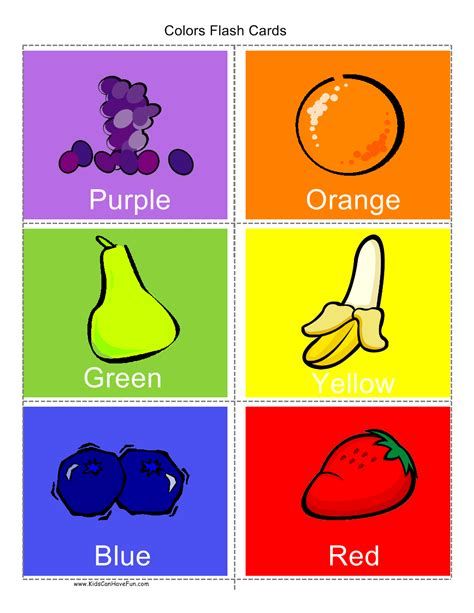
Tips To Keep In Mind
It can be challenging to teach colors to a toddler simply because there are so many contrasting colors constantly around us.
Adding to that challenge is the fact that many different shades of one color exist. For example, there are several reds (think: maroon, crimson, scarlet, etc.), but they are all called “red.” This can be tricky for children learning colors.
Have no fear! We’re here to help. The following are some basic tips to keep in mind as you help your young learner understand colors.
1) Start With The Basics
Think about how we can quickly calculate our change after buying something at a store or spell a new word correctly after hearing it for the first time. This is possible because we understand the basics of math and the English language.
The same approach needs to be applied when teaching colors for kids. It’s best to start with the primary colors (red, blue, and yellow), and once your child gets comfortable with these, move on to other hues.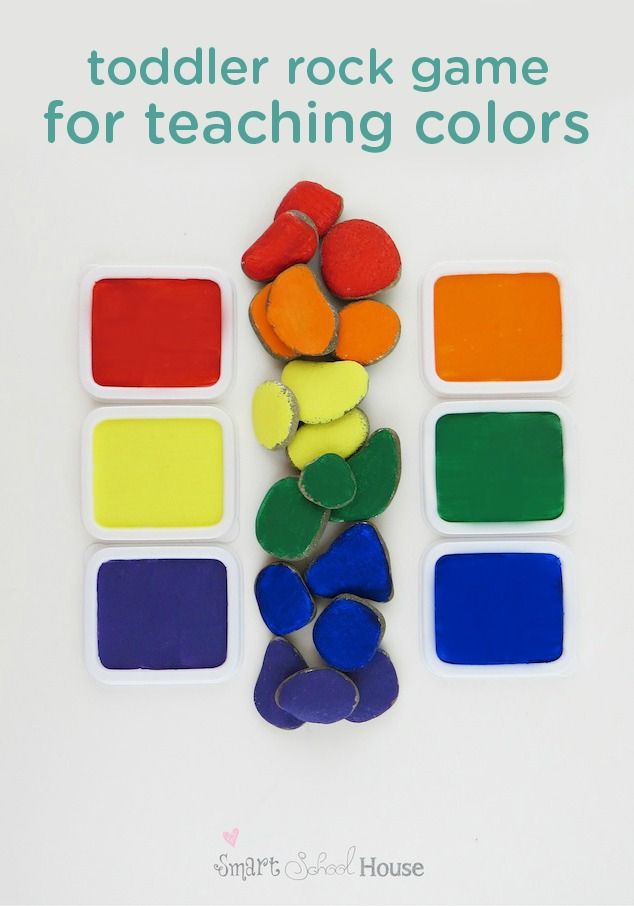
If you’re still in the primary colors stage, what simple efforts can you take to help emphasize these colors in your everyday life?
Here are a few examples:
- When you’re having dinner — “Do you want to use this blue plate?”
- When you’re taking the dog for a walk — “Look at that yellow car.”
- When it’s time to play — Hand them only red, blue, and yellow objects. If they have building blocks, ask them to sort only the red, blue, and yellow blocks.
Once your child is familiar with their primary colors, you can move on to other basic colors, such as green, orange, purple, black, white, brown, and gray.
A great way to help children learn about colors is by interacting with them. We love this sensory game that lets kids practice naming colors and discover what happens when you combine them.
2) Choose Contrasting Colors For Kids
As we mentioned earlier, there are so many different colors in this world that sometimes children can find it challenging to tell them apart.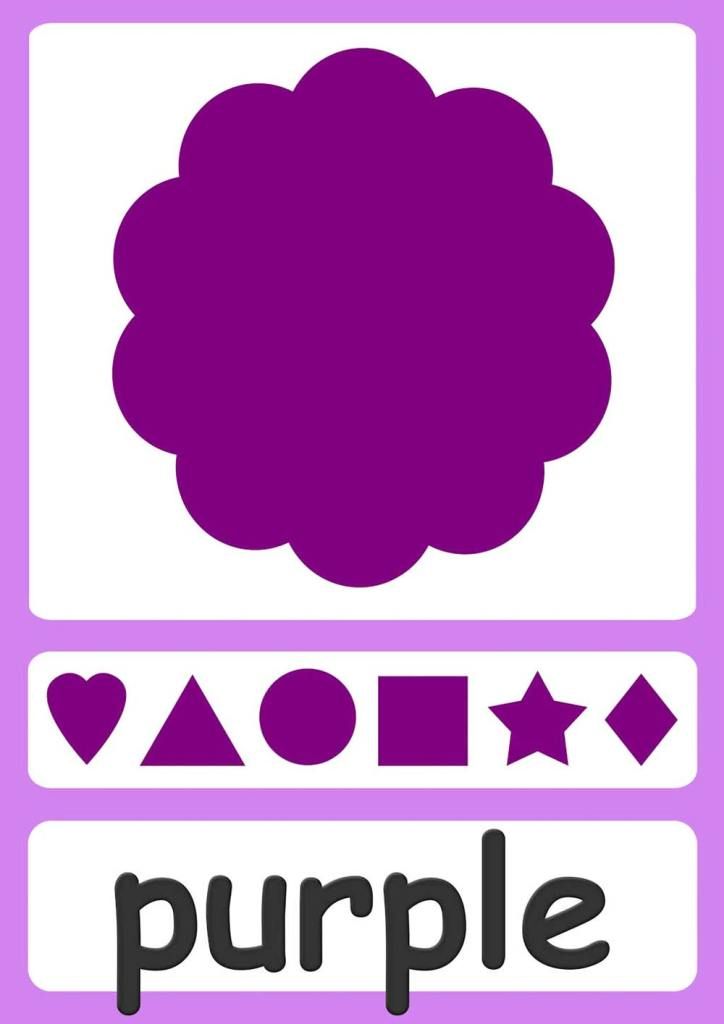 It’s even more difficult when the colors are similar (e.g., red, maroon, orange, etc.).
It’s even more difficult when the colors are similar (e.g., red, maroon, orange, etc.).
For this reason, it’s best to first focus on the hues that are clearly distinguishable before introducing similar colors.
3) Help Them See Color Categories
Once you’re confident that your child knows their basic colors, you can start introducing similar colors (olive green, forest green, etc.). Most of these can be found in the world around you.
As explained, similar shades can be challenging to learn, so in the beginning, the focus shouldn’t be on having them learn all the different terms but, rather, exposing them to the idea of categories.
To help your child recognize the differences between shades, point out an object and name its color. Then, ask them to find other things that are the same color. For example, you could say, “This is a blue sock. Can you find me anything else that’s blue?”
When they find another blue object, talk about what you notice. For example, is the blue the same on both things, or are there differences? Is one lighter or darker than the other? Do either look like a brighter blue?
These simple conversations can help your child as they begin expanding their definition of the color blue.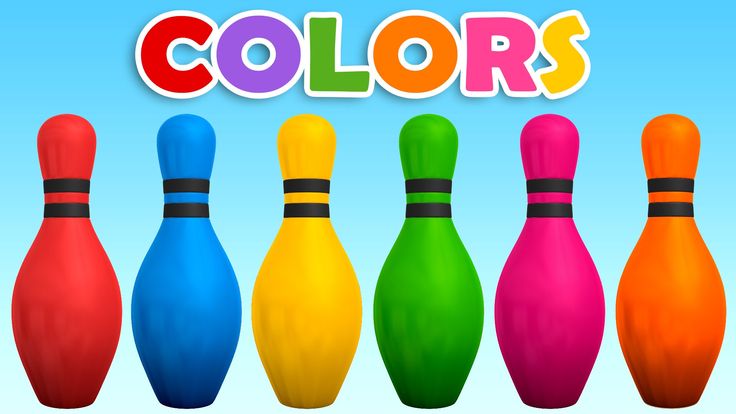
4) Point Out The Connection Between Colors And Feelings
In English, colors aren’t only used to describe how something looks. We also use color terms to express our emotions.
For example, when we say somebody is “feeling blue,” they’re sad. Similarly, if someone is “seeing red,” they’re angry.
While you don’t need to detail the emotions associated with each color at this age, you can make your child aware that feelings and colors are connected.
They can start to use colors to express themselves, a skill that helps them better understand their emotions. This ability is one of the social-emotional topics your child can practice with the Learn with Sesame Street app, powered by HOMER.
10 Simple Activities To Teach Colors For Kids
Learning about colors can be a wonderful part of playtime with your child. To help your child practice their colors, use these engaging activities.
1) Colorful Necklace
Children are often curious and enjoy exploring different colors and materials. This means that when teaching them about colors, the more engaging the activity the better — like using colorful beads to create necklaces.
This means that when teaching them about colors, the more engaging the activity the better — like using colorful beads to create necklaces.
What You’ll Need:
- Colorful beads (in primary colors)
- Yarn or necklace string
What To Do:
After teaching your child the primary colors, try creating a red, blue, and yellow necklace. Tie a knot on one end of the string. Then, show your child how to string beads onto it.
This necklace can be in a pattern or not. It’s really up to you!
When creating the necklace, remember to name the colors you use and encourage your young learner to repeat them.
Note: While working with small items, it’s essential to use safe and non-toxic materials and keep an eye on your young child at all times.
2) Finger Painting
Engaging your child’s senses is one of the most effective ways to help them learn new concepts. That’s what makes finger painting so great for teaching colors!
What You’ll Need:
- Finger paint (in primary colors)
- Finger paint paper
- Newspaper
What To Do
Put a few pieces of newspaper on your table to protect it from spills. Then, place your child’s finger painting paper on top.
Then, place your child’s finger painting paper on top.
Let them go to town using their fingers to create beautiful, colorful pictures. You can use the three primary colors in finger painting and mix them up to form secondary colors (purple, green, and orange).
During the activity, speak about the colors your child is using and the colors that are formed while mixing.
Once the painting is complete, let them tell you about what they created. Encourage them to use color words while they’re describing the artwork.
3) Same Objects, Different Colors
As you teach your child different colors, they may begin associating certain colors with specific objects. For example, if you show your child a red apple, they may associate the shape of the apple with red.
It’s essential to show your child another color apple (e.g. a green one) so they understand that you’re referring to the color of the object, not the object itself. This activity helps you do just that.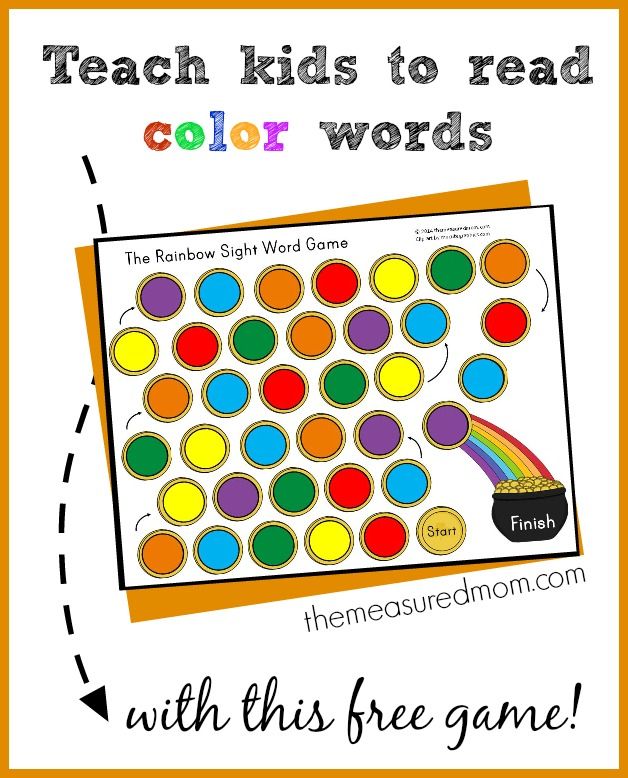
What You’ll Need:
- Two or more objects that are the same except for their color (such as apples, blocks, crayons, etc.)
What To Do:
Hand your child one of the objects and ask, “What color is this?” Once they answer, you can ask, “Are all (objects) this color?”
This will help them start thinking about colors in the world around them. If they aren’t sure, hand them the other object and ask them what it is. Reinforce that it’s the same type of thing as the first one, but it’s in a different color.
To help them further understand, sorting activities can be effective. For example, ask your child to sort the different colors of the same object (e.g., multi-color blocks).
As they get older, you can also encourage them to sort by the object, regardless of color. This will help your child continue developing skills of categorizing.
4) Read About Colors
There are lots of amazing children’s books that speak about colors. While reading to your child, be sure to point out all the colors in the book.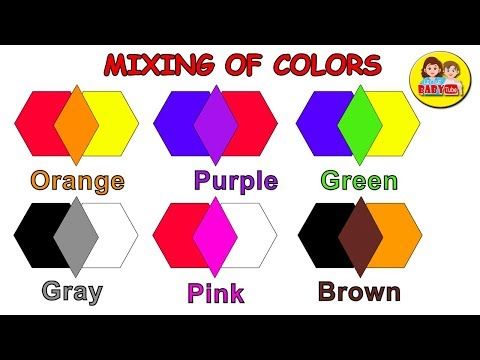
What You’ll Need:
- Books about colors (use your favorite or see our recommendations below)
What To Do:
Grab a book about colors and read it aloud to your child. As you go through each page, talk about the colors you see. Then, you can ask your child to point to things that are different colors. For instance, you can say, “Do you see anything orange on this page?”
This teaches your child to scan the entire picture and focus on the details. As they look for one specific color, they’re practicing their visual discrimination skills, which they’ll use throughout their lives.
Here is a list of some incredible books that will help bring fun and entertainment into learning about colors:
- Brown Bear, Brown Bear, What Do You See?
- A Color of His Own
- The Day the Crayons Quit
- Baby, See the Colors!
- What Makes a Rainbow?
However, don’t feel limited to reading only books about colors. You can talk about the different hues on the pages of any picture book.
You can talk about the different hues on the pages of any picture book.
5) Create A Color Mixing Sensory Activity
When your child uses their senses while they’re learning, they create stronger neural connections, and this helps them better remember the information.
This activity also gives your child a chance to explore colors creatively. It allows them to experiment and see what happens when combining two colors.
What You’ll Need:
- Icing or shaving cream
- Food coloring
- Two small bows
- Toothpick or spatula
- Large zip-top bag and tape, or cookie sheet (The cookie sheet option is more tactile. However, you can opt for the bag if you’re looking for low-mess.)
What To Do:
Start by filling your zip-top bag with icing or shaving cream. Next, choose two colors of food coloring and add each color into the bag. Tape it down to a working surface. Your child will then need to mix the colors with their little fingers.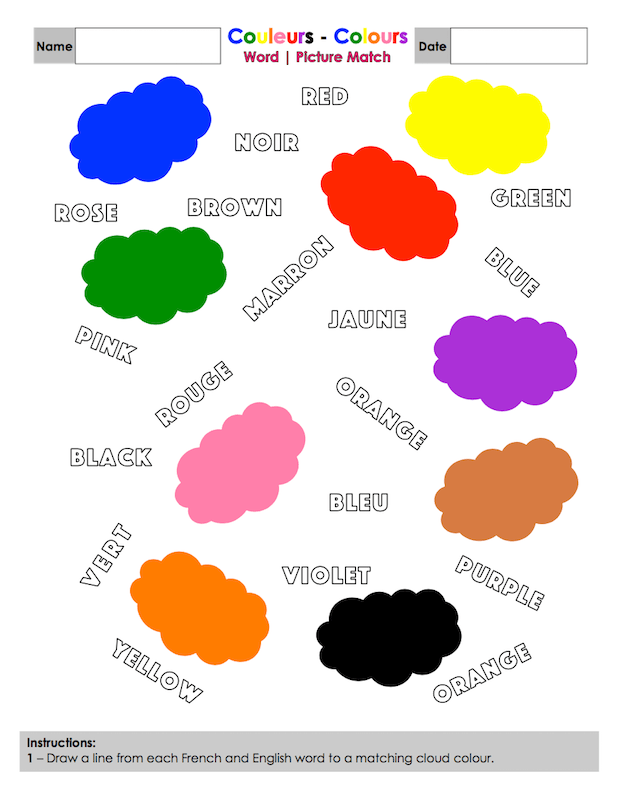
Grab the two small bowls and put icing or shaving cream into them. Add one to three drops of color into the bowl and fold the color into the icing or cream.
You can then scoop the colored icing or cream into the bag or onto the cookie sheet and let your child mix the colors.
This is a fun activity to help children learn that colors are not necessarily stagnant, and mixing them will help produce a different color.
See more details here!
6) Sing Color Songs
Kids love to sing along to fun songs. You can take advantage of this natural love for singing to help your child learn about colors. And the best part is that these silly songs are usually pretty catchy, so your child will likely sing them long after the activity ends.
What You’ll Need:
- A way to play a song for your child to listen to (such as your phone or a computer)
What To Do:
Play a song for your child and start singing the lyrics. Then, repeat it a couple of times to help them learn how it goes.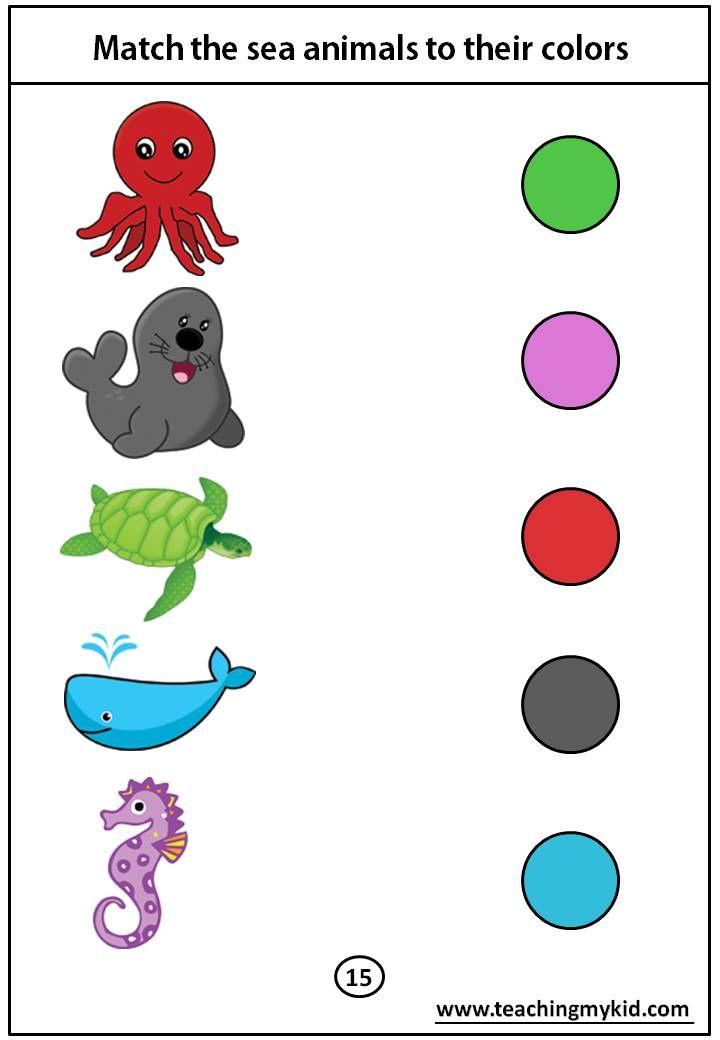
Once they know the words, you can sing the song anywhere to review colors for kids on the go.
Not sure where to start? Check out our fun activity here that helps teach children pantone colors.
You can also sing some of our favorite songs:
- “It’s Not Easy Being Green” by Kermit the Frog
- “The Color Song” by Bryant Oden
- “Colors of Our Clothes” by David Burba and Lisa Campbell
- “Colors All Around” by Jack Hartmann
- “Jenny Jenkins” by Lisa Loeb
- PANTONE Colors: The Song
You can find these songs on YouTube, or search our Learn & Grow app. Happy singing!
7) I Spy Colors For Kids
This classic game is perfect for teaching colors to kids. Since it doesn’t require any materials, you can play it anywhere.
What You’ll Need:
- Nothing!
What To Do:
Look around you at all the different colors. Then, secretly pick out one object that only has one main color. Tell your child, “I spy something (insert color here).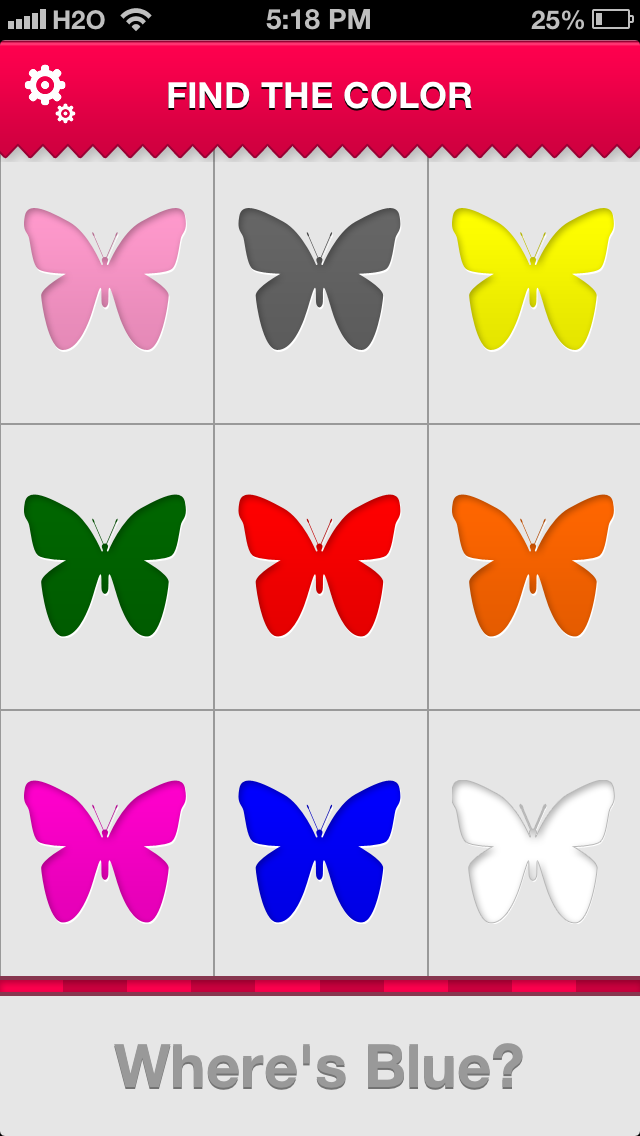 ”
”
For example, you might say, “I spy something blue,” if you’re looking at a blue shirt. If your child correctly guesses the object, then it’s their turn to pick the next thing and give a clue about its color.
8) Tell A Colorful Story
Encourage your child to use the magnets from the HOMER Explore Letters Kit creatively. Have them use the pieces to tell a story and remind them to add some color words to their telling.
What You’ll Need:
- Explore Letters Kit from HOMER
What To Do:
Set up the magnetic story box so it’s ready to go. Go through the magnets and pick out a few that you could use to tell a fun story.
Using the pieces and the magnet backdrop, tell your child a story. As you speak, remember to weave some color words into the tale. For instance, you might say, “The bright pink flamingo decided he wanted to play ball with the brown monkey.”
You’re modeling the activity for your child as you tell a story. When you finish, let them tell a story of their own.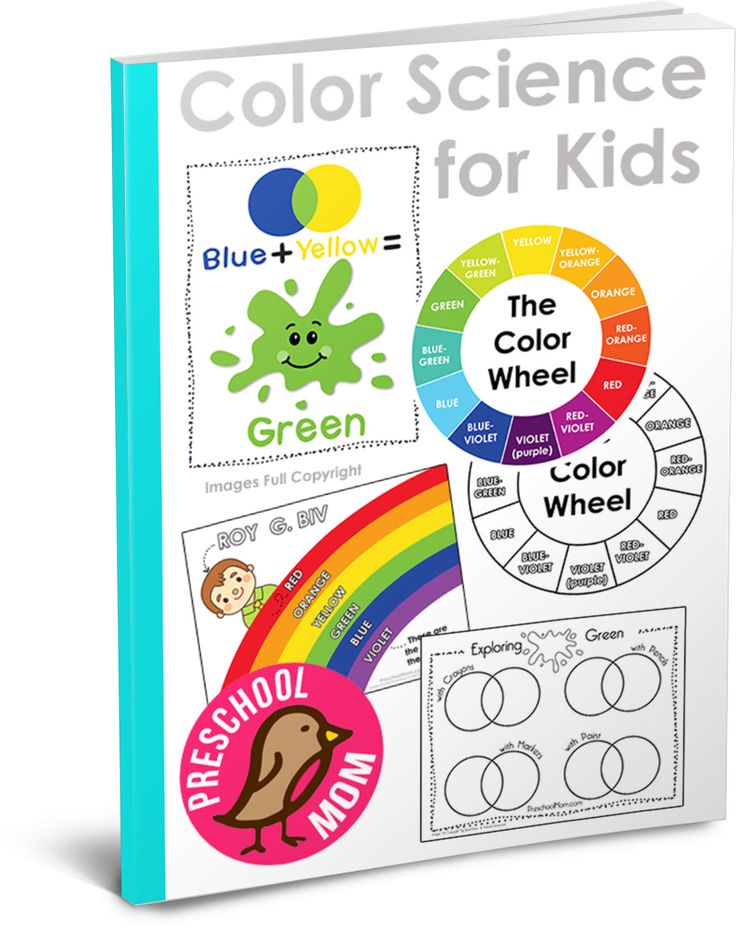 You might notice they simply copy your story at first, and that’s okay.
You might notice they simply copy your story at first, and that’s okay.
Keep playing, and it won’t take long before your child can tell a story all their own.
9) Make A Picture
This activity is perfect for a rainy day. It’s a fun way for creative kids to practice making something with colorful paper strips.
What You’ll Need:
- Construction paper in all sorts of colors
- Scissors
- Glue or tape
- A white sheet of paper
What To Do:
If your child knows scissor safety skills, have them cut the construction paper into strips of different colors. (Otherwise, you cut them.) The strips can all be the same width, or you can mix them up.
Once you have a nice pile of colorful strips, invite your child to glue or tape them onto the white sheet of paper to create a design of their choice. When they are done, talk to them about their colorful picture and have them tell you all about what they created.
Mix things up the next time you do this activity by using circles, squares, or various shapes at once instead of strips.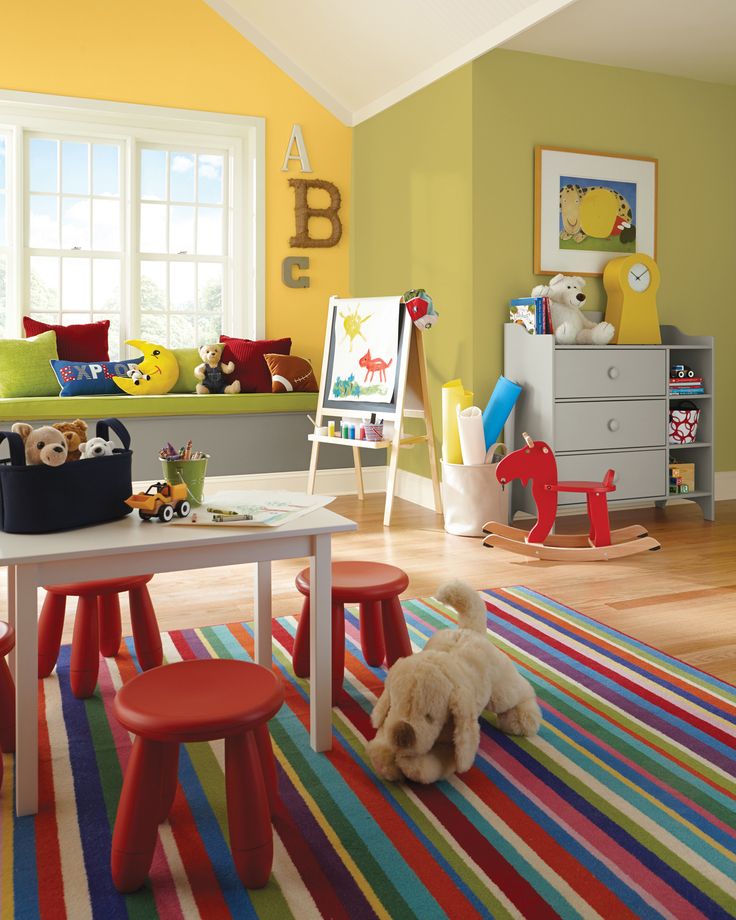
10) Design A Color Scavenger Hunt
This activity is perfect for kids who love to move around. It’s also a great way to review all the different colors they’ve learned.
What You’ll Need:
- A sheet of blank paper
- Colored pencils or crayons
- A pencil or pen
- A basket or bag
What To Do:
Create a scavenger hunt for your child by drawing boxes on a blank sheet of paper with colored pencils or crayons. Fill in each box with the color it represents to make it easy for your child to identify it.
Quickly review the colors with your child. Point to each box on the sheet and have them tell you the color.
Then, challenge them to find an object around the house for each color. Once they find something, have them put it into the basket or bag. Next, show them how to use the pencil or pen to put an X or a check through the color box they found.
Have them continue searching for items until they have a basket or bag full of colorful objects.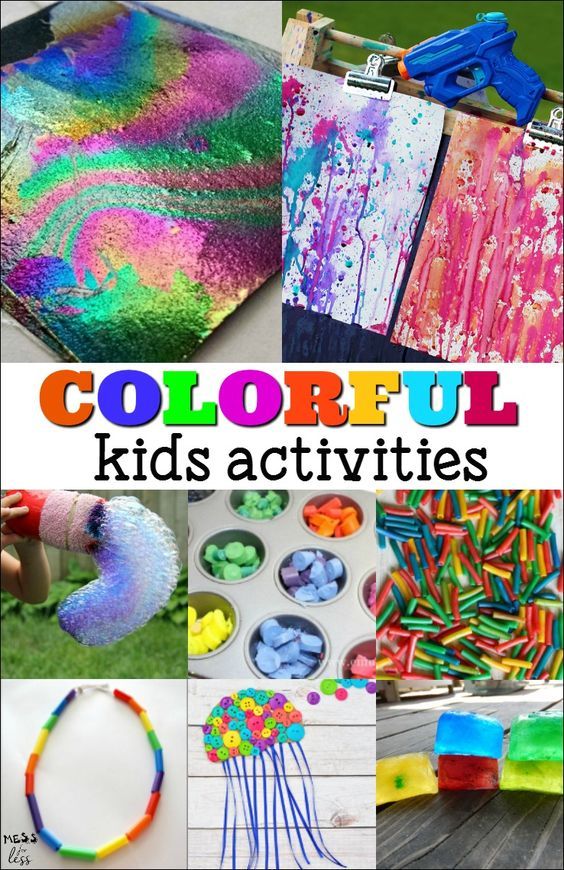 Take time to have them tell you the color of each thing they found.
Take time to have them tell you the color of each thing they found.
Make Every Day A Colorful Day
Colors are all around us, and your child has most likely already noticed these different hues without tagging them with color names. However, colors for kids are an important part of childhood development and math prep.
This is where you come in. Armed with the activities above, you can help make learning about colors fun and exciting.
When teaching colors for kids, remember to start with the primary hues and then gradually introduce more. With patience, your young learner will soon recognize all the colors of the rainbow — and so many more!
For more fun learning activities, check out the Learn & Grow app, powered by HOMER.
Author
Introduction to Color
Introduction
Color and color theory form the foundation of art as well as design. Gifted children are often tuned in to the aesthetic nature of things at an early age and can appreciate the nuances of color, as well as the way colors are blended, tinted and shaded.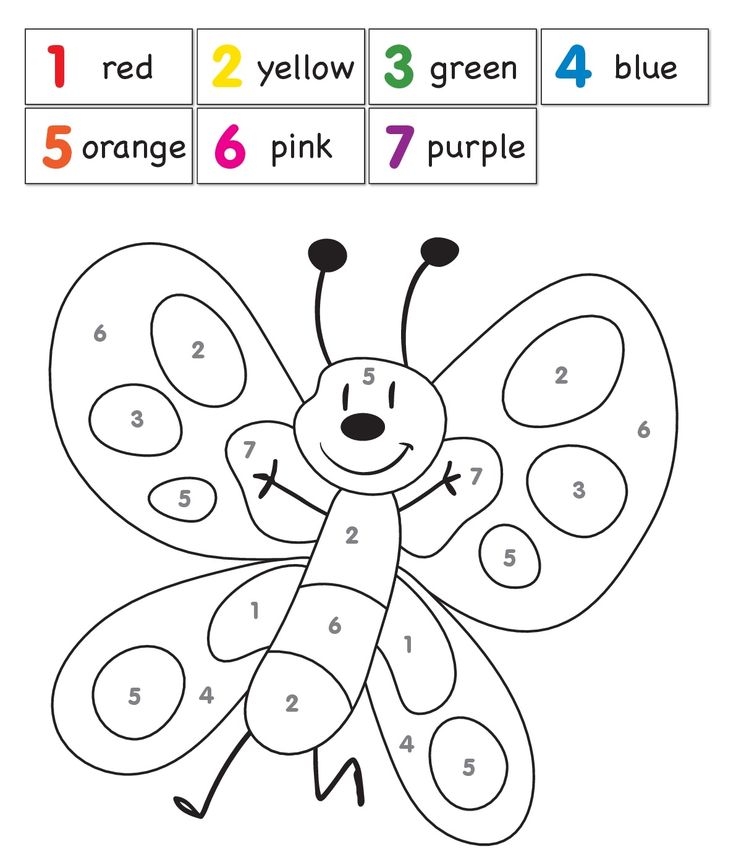
Guiding Questions
What is color? How do we represent and create color?
Learning Objectives
After completing this project, students will be able to:
- Identify color terms using the academic vocabulary of the discipline
- Evaluate the use of color in fine art painting
- Create a reverse color scheme of a painting
- Design an "eye spy" activity for a painting, focused on the use of color
- Conduct independent research on color and analyze that research
Lesson 1: Introduction to color
Look at this picture. What colors do you see? List the three colors you think are most easily visible in this painting.
How about this one? What colors do you see here? List the three colors you think the artist used most in this painting.
Three things to know about COLOR:
- Color is a way that we describe an object based on the way that it reflects or emits light.

- Your eye can see different colors because a part of your eye called the retina is sensitive to different wavelengths of light.
- Humans are what is called "trichromats," meaning our retinas have three different kinds of cells that can receive color. Those cells are called cones.
What is your favorite color? What do you think the most common favorite color in the world is? (Scroll down further to find the answer.)
To organize colors and show their relationship to each other, we use a color wheel. This shows the colors and how they are related to each other.
On a traditional color wheel, three colors are called primary colors. From these three colors, all of the colors on the color wheel can be made. The three primary colors on the traditional color wheel are red, yellow and blue. Can you find the primary colors on this color wheel? (Blue is the most popular color in the world.)
Lesson 2: The language of color
Like many disciplines, color has its own vocabulary.![]() Watch the video below for an introduction to the language of color. Next, take the pre-assessment to see how much you already know about color's words.
Watch the video below for an introduction to the language of color. Next, take the pre-assessment to see how much you already know about color's words.
Color Vocabulary Pre-Assessment
The chart that shows the relationship of different colors to each other is called the (1) _______________________. Instead of the word "color," one could also use the three-letter word (2) ________.
The three colors from which all other colors are made are called (3)________________ colors, and they are (4)__________, ____________, and ____________. Colors that are created by mixing equal parts of the colors above are called (5) _____________________ colors, and they are (6) _______________, _______________, and ____________________. Colors that are created from equal parts of each of the two kinds of colors above are called intermediate or (7)________________________ colors. When describing these colors, place the (8) ________________ color first.
When describing these colors, place the (8) ________________ color first.
Colors that are next to each other on the color wheel are called (9)___________________. Colors that are opposite to each other on the color wheel are called 10)_______________. When these colors are placed next to each other, they make each other seem (11) ____________________. When mixed equally, they create muddy tones like black, gray, and brown.
If you add white to a color, that is called a (12) ______________. If you add black to a color, that is called (13)_________________.
If something only uses one color, it is called (14)______________________________.
If something uses more than one color, it is called (15) _________________________.
If something is completely lacking in color, it is called (16)_______________________.
The colors on the green/blue/violet side of the color wheel are called (17) ___________. The colors on the red/orange/yellow side of the color wheel are called (18) __________.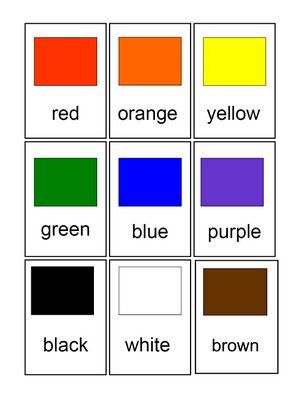
When completed, check your answers. If you got at least 14 of the 18 correct, move on to Lesson 3 below. If you didn't, read more about basic color theory before you move on.
Lesson 3: Finding the colors
In the pictures below, you will find examples of many of the colors on the color wheel. Answer the questions that go with each picture.
This painting, called Landscape at Ceret, was painted by the Spanish artist Juan Gris.
In the painting, identify six places where you see the three primary colors. Then, identify two places where you see two primary colors next to each other. Place a checkmark on two places you see a primary color adjacent to a secondary color. Circle a place you see a shade of blue. Circle a place you see a tint of green.
This painting, Le Rifain assis, was painted by the French artist Henri Matisse.
This painting has a very narrow color palette.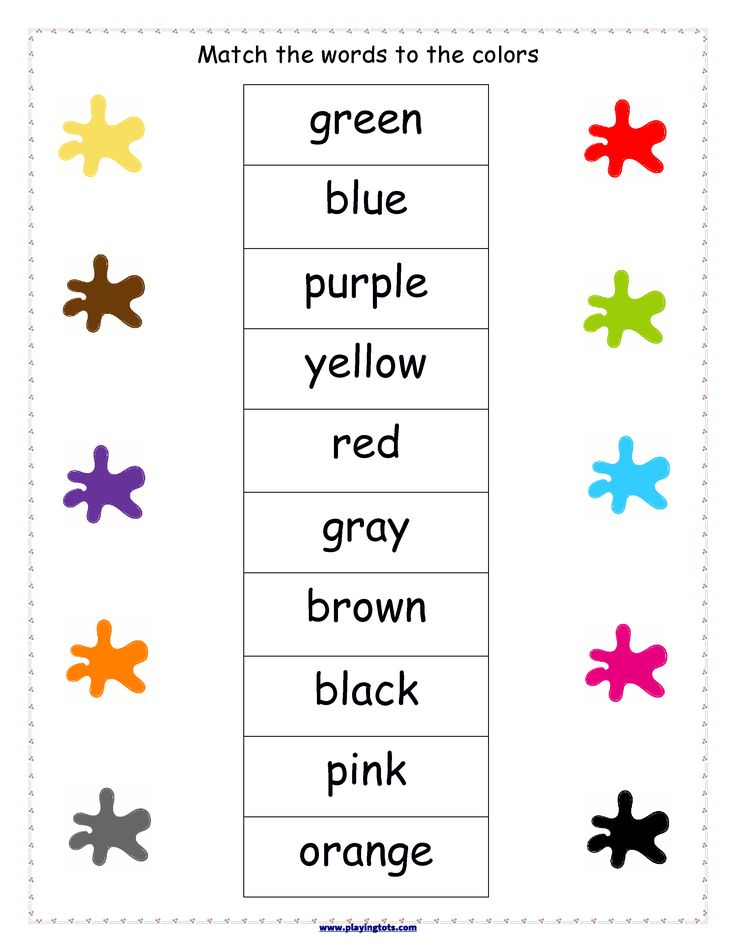 List the colors you see in the painting and identify them as primary (p) or secondary (s) or neither (n).
List the colors you see in the painting and identify them as primary (p) or secondary (s) or neither (n).
Below, you will find this same painting in black and white. Using colored pencils, crayons, or fine tip markers, color in the painting. Instead of reproducing the colors the way you see them in the painting on the previous page, select a complementary color (remember that those are opposite each other on the color wheel). For example, where you see green, color a corresponding shade or tint of red, and where you see blue, color in orange. Use Adobe's color wheel to find the complementary color — just spin the wheel until you see the color you are looking for, and its complement will be on the other side.
What did you notice in doing this exercise about how the feeling of the painting changed? Is the painting happier? More sad? Darker? Lighter?
In this painting by Johannes Vermeer called Girl with a Pearl Earring, the color palette is very limited, yet in an entirely different way from the Matisse painting shown before.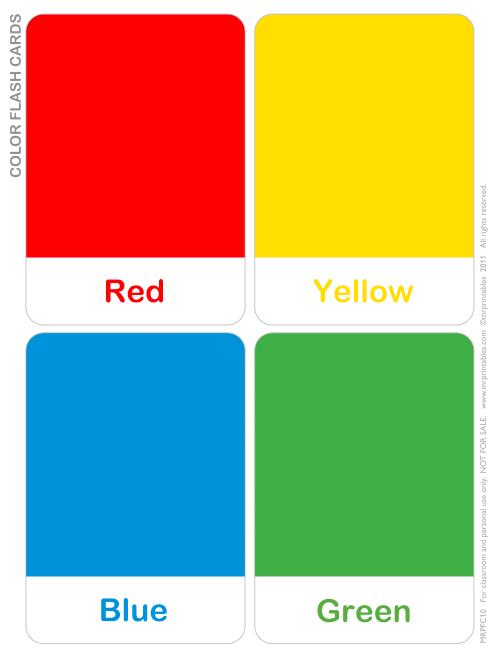
Originally, the dark background had a green glaze over it, but this is no longer visible. Imagine what the color green would have looked like next to the colors you can see now. Where do you think it would have made more difference, in the skin or the clothing?
Art historians have found that Vermeer used 11 pigment colors in this painting:
- white lead
- brown ochre (raw umber)
- yellow ochre
- charcoal black
- bone black
- vermilion (a red with an orange undertone)
- ultramarine (lapis lazuli)
- red madder
- indigo (deep, clear blue)
- red ochre
- weld (yellow)
This painting shows how complex color can become. Painters do not simply load their brushes with a color and add it to the canvas; they mix the colors on a palette first. Additionally, some of the colors Vermeer used are no longer visible. This can make it hard to detect the colors in the painting, but you may be able to see some of them.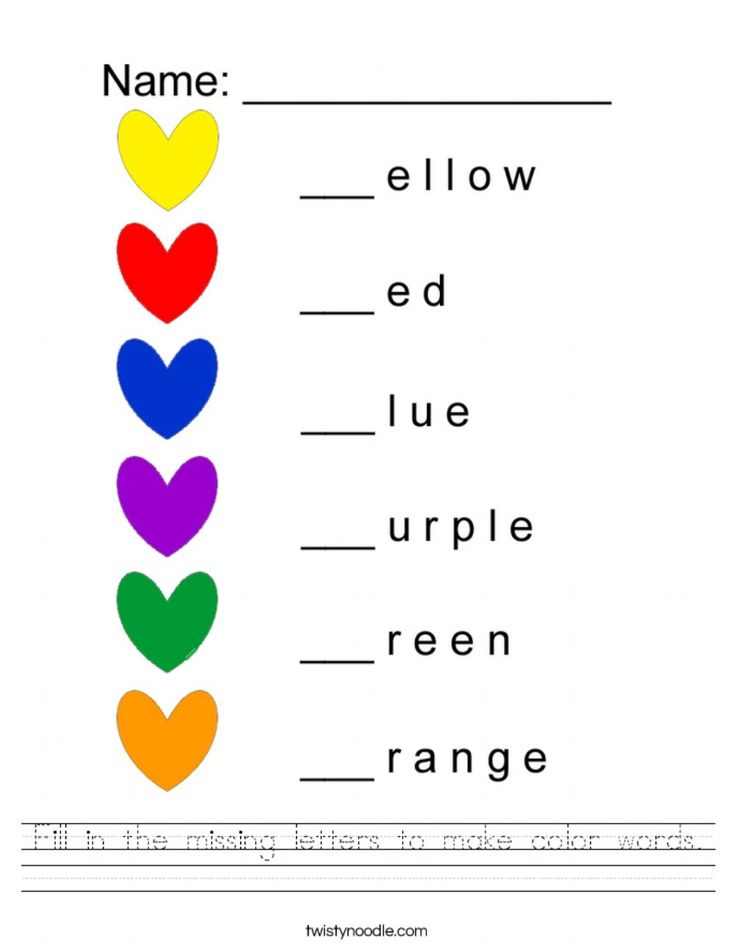 Knowing these things, what colors from the pigments listed above do you think you can find? It may help to to take a closer look at the painting.
Knowing these things, what colors from the pigments listed above do you think you can find? It may help to to take a closer look at the painting.
Although the painting looks simple, upon close examination, it is a complex blend of colors. Create an "eye spy" activity for the painting, using this rubric. You may look at the National Book Fesitival for an idea (look at the poem at the bottom for an example of a rhyming, poetic form).
Lesson 4: Color research
Conduct a small research study on people's favorite colors. With help from your teacher or parents, identify four people you can interview. You will ask the questions below, and one more that you create (add that to the last, blank line).
Good research etiquette is that you will not interrupt, not share your own opinion to agree or disagree with the responses, and thank the person sincerely for his/her time.
Analyze your data. Did any patterns emerge of favorite or least favorite colors? Were the favorite colors of the people you interviewed stable or had they changed?
Add up the total number of the estimated color names and divide by four to find the average number of colors your interviewees think they can name.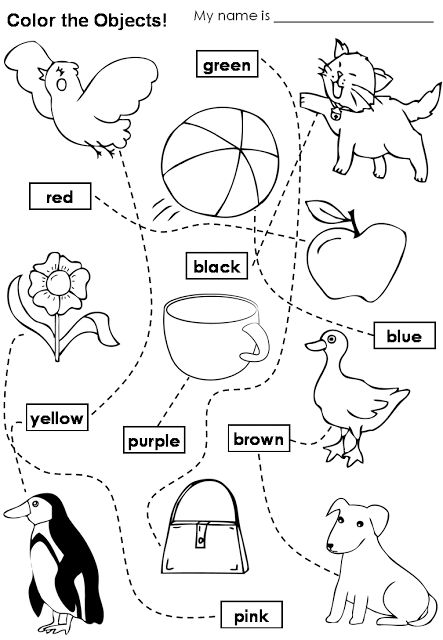 How many of the favorite colors were primary colors?
How many of the favorite colors were primary colors?
How did your findings compare with what we know about the most popular color in the world? How many were secondary colors? What in your findings surprised you? What did you discover in the responses to the question you created? Let this rubric guide you.
Assessment
Lesson 1:
- Sunflower picture: Reasonable responses include blue, yellow, green, brown, and beige.
- Oceanscape: Reasonable responses include any combination of red, blue, white, or green.
Lesson 2: Color Vocabulary Pre-Assessment Key:
- color wheel
- hue
- primary
- red, yellow, blue (no order necessary)
- secondary
- green, orange, violet (no order necessary)
- tertiary
- primary
- analogous
- complementary
- brighter
- tint
- shade
- monochromatic
- polychromatic
- achromatic
- cool
- warm
Lesson 3: The initial activities in this lesson are subjective, to a great extent.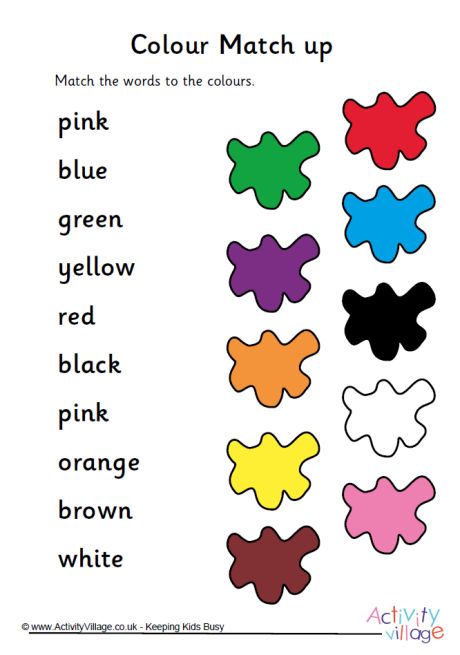 If you desire to assess, look for full and reasonable responses. The rubric for the Eye Spy activity is included in the section.
If you desire to assess, look for full and reasonable responses. The rubric for the Eye Spy activity is included in the section.
Lesson 4: The rubric for the independent research is included in the section.
Extension
Read It!
Young Readers:
- The Color Kittens by Margaret Wise Brown
- Celebrity Cat: With Paintings from Art Galleries Around the World by Meredith Hooper
- Mouse Paint by Ellen Stoll Walsh
- Museum Trip by Barbara Lehman
- Color Dance by Ann Jonas
- White Rabbit's Color Book by Alan Baker
Older Readers:
- Color Theory: An Essential Guide to Colorby Patti Mollica
- Pantone: The Twentieth Century in Color by Leatrice Eiseman
Surf It!
- Practice mixing colors on your computer (UK only)
- Make a rainbow of color with milk
- Test your color vision
- Read about the history of the color wheel
- Read about people who see colors differently
- Learn more about Vermeer and Girl with a Pearl Earring at:
- essential vermeer 2.
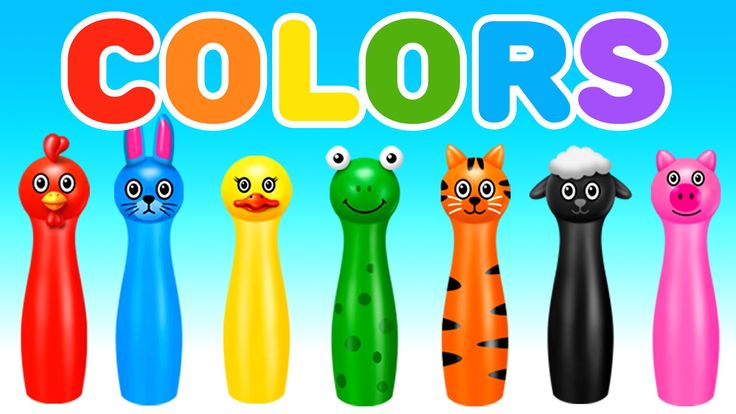 0
0 - Mauritshuis.nl
- girl-with-a-pearl-earring.info/
- essential vermeer 2.
The influence of color on the psyche of children, the psychology of color in a child
Surely you have noticed that if a child likes a certain color, he chooses it in everything. Clothes, toys, accessories, and even balloons or ice cream should be in your favorite color. And nothing can be done - such a period.
In fact, children are instinctively drawn to those colors that are most pleasing and useful to them at this stage of development. Scientists have proven that colors have the ability to have a powerful effect on the psyche. This is especially true for children, because the visual perception of the child helps him to know the world. Color can bypass the “barrier” from our consciousness and act on an unconscious level. This property is used in alternative medicine - color therapy.
How color affects the child's psyche
The action of color can calm or invigorate, cheer up and relieve tension.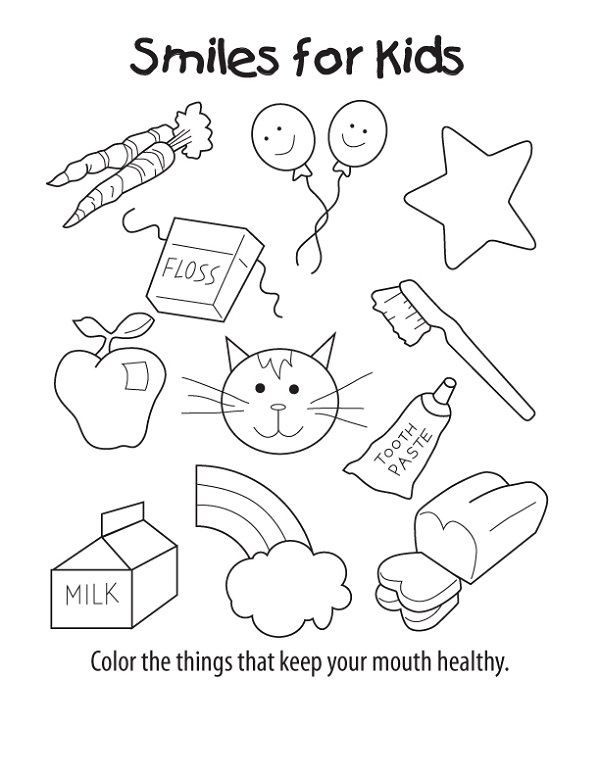 In addition, color can enhance brain activity, affect the intelligence and self-esteem of the baby. That is why it is worth taking seriously the choice of colors for a child's room or wardrobe. A well-chosen combination will stimulate the development of the child, create an atmosphere of harmony, and also contribute to the formation of good taste.
In addition, color can enhance brain activity, affect the intelligence and self-esteem of the baby. That is why it is worth taking seriously the choice of colors for a child's room or wardrobe. A well-chosen combination will stimulate the development of the child, create an atmosphere of harmony, and also contribute to the formation of good taste.
Each color has its own characteristics. What shades are most favorable for children? Let's figure it out.
WHITE
This color is considered neutral. By itself, it is not capable of evoking bright positive or negative emotions, but is a background for other shades. As a rule, children do not choose white as their favorite, but it is always present in clothes. An integral part of the wardrobe is stylish white T-shirts with inscriptions and drawings, classic shirts and blouses.
White is perfect for newborns, symbolizing tenderness and innocence.
As for the child's room, white is preferred for the ceiling and the top of the walls.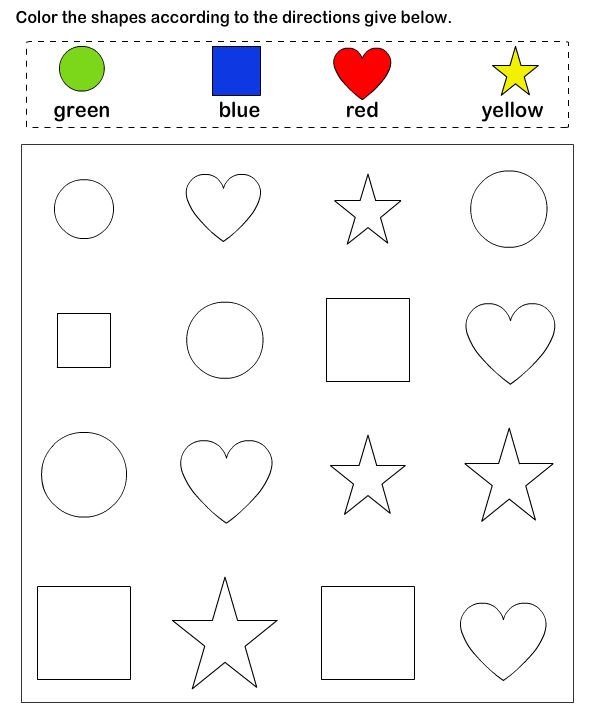 Dark tones can cause a depressed state or even depression.
Dark tones can cause a depressed state or even depression.
BLUE
Until recently, it was considered an exclusively male color. And to this day, passers-by, seeing a baby in blue, confidently say: “What a cute boy!”. Fortunately, modern manufacturers of children's clothing and interior items are moving away from stereotypes, successfully using different colors in collections for boys and girls.
Blue and all shades of blue are associated with the sea, the sky - something boundless, strong and peaceful. Contemplation of the blue color calms, reduces pressure and temperature, dulls pain. In addition, it is good for the eyes and has an awakening effect in the morning due to its "coolness". This color is considered a shade of courage and strength, well suited for decorating children's rooms.
GREEN
The variety of its shades is striking and pleasing to the eye: emerald, light green, olive and khaki. The color of nature and life itself. Associated with growth, development and prosperity.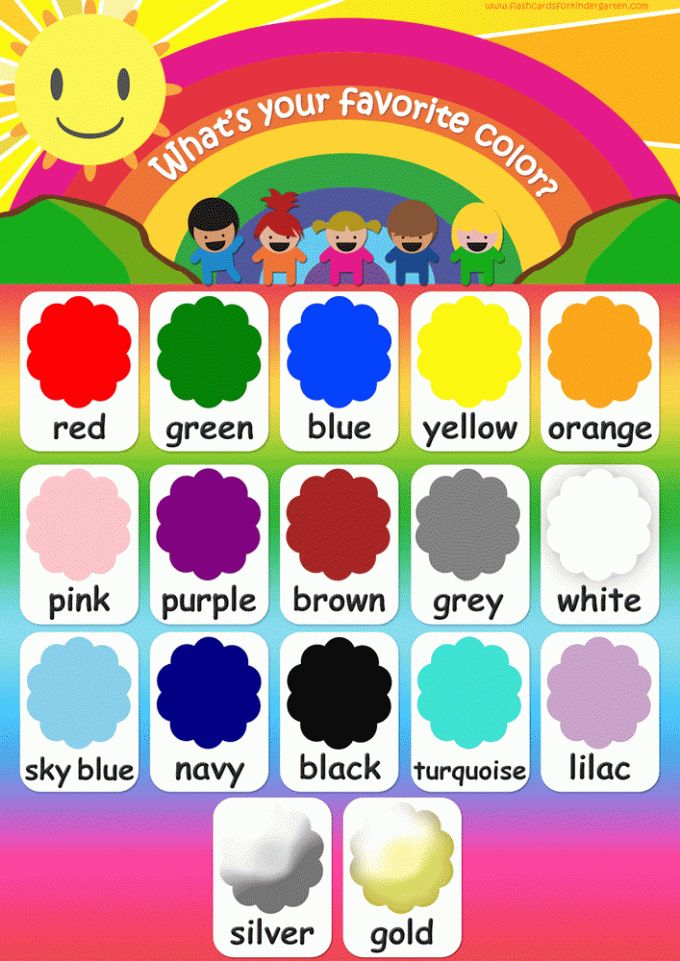
The psychology of the green color is as follows: it helps to relax, calm down, arouse interest in understanding the world, pacifies nerves and blood pressure. If your child is already calm and balanced, then do not be zealous with green. Perhaps you should consider more "disturbing" shades.
PINK
Of course, we cannot ignore the favorite color of little princesses. If you have a daughter, you probably remember how, with her birth, pink objects slowly but surely began to fill the house. At first it was the first blanket and ribbon on the envelope for discharge from the hospital. Then bodysuits and sliders, rattles and bottles began to appear. Later - pink dresses, hair clips, bracelets and handbags.
When the baby moved to a separate room, she demanded pink wallpaper, a crib and a chest of drawers. No other options, of course, were considered. A similar period happens in the life of almost every girl. In part, we impose this stereotype ourselves.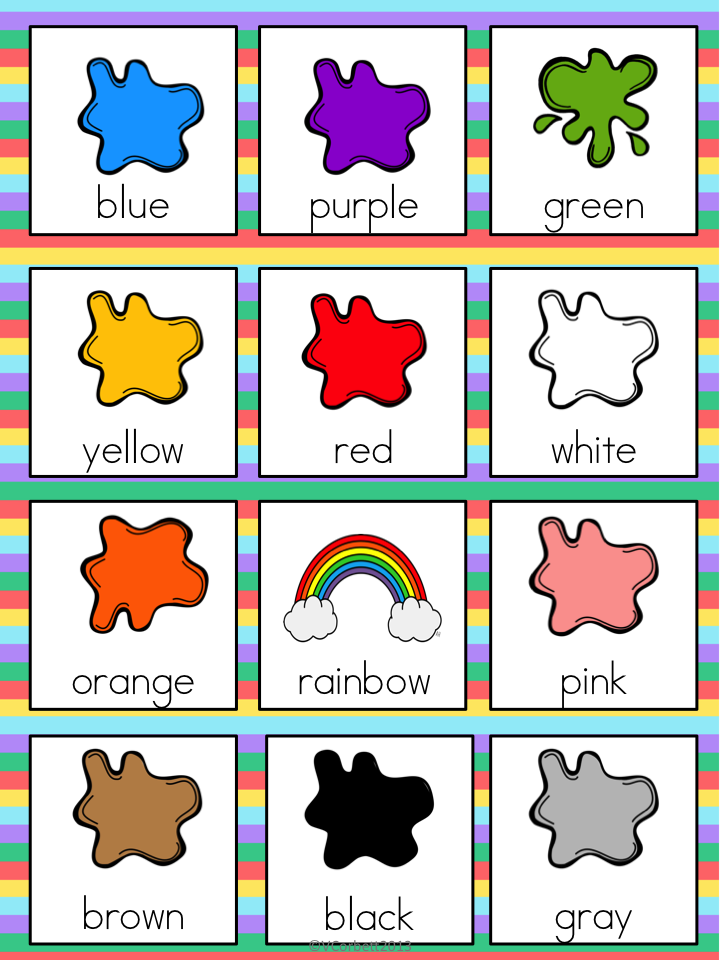 After all, everyone knows that boys are blue, and girls are pink.
After all, everyone knows that boys are blue, and girls are pink.
Someone is afraid of pink madness, but excitement is unnecessary here. Firstly, the color itself has a beneficial effect on the emotional state of children. It calms, improves mood, encourages creativity. Secondly, there are many shades of pink: from cold and restrained to bright fuchsia. Dilute pink with neutral gray for a noble combination that is great for a child's room. And finally, love for this color, as a rule, passes with age.
RED
Perhaps the most exciting color. It burns like a flame or the sun at sunset, attracts attention and arouses interest. Red is able to cheer up even the most calm children. The color of leadership and energy. This color causes activity, mobility, appetite and interest in learning.
It has to be used carefully. Small bright accents in the interior or wardrobe are acceptable and even welcome. But prolonged contemplation of red can lead to excessive excitability, sleep disturbance and aggression.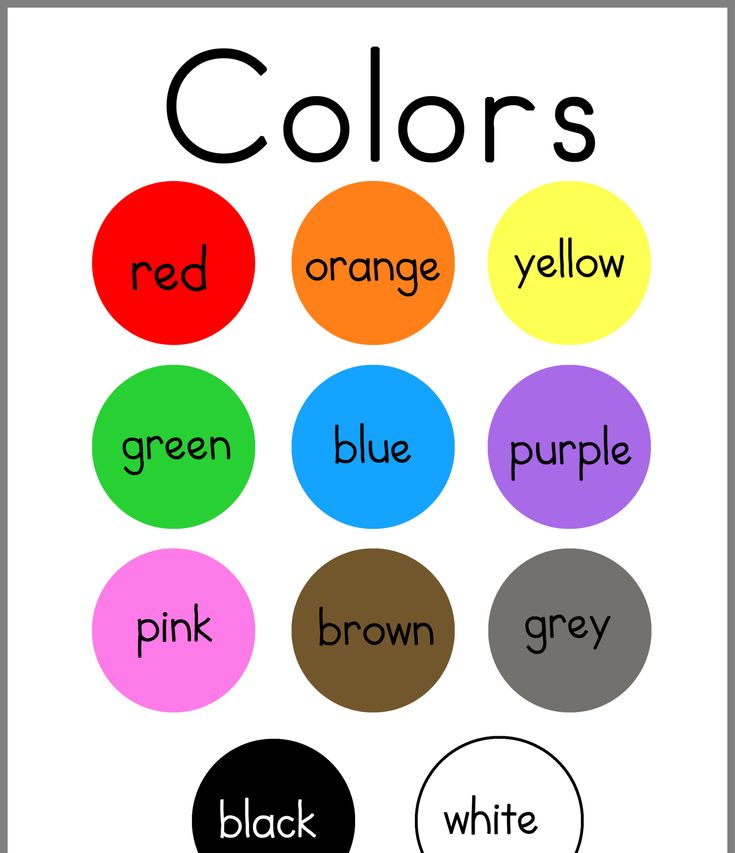
YELLOW
No less bright than red, but at the same time it has a completely different effect on the human psyche. Yellow is associated with sunlight, fluffy chicken, fragrant lemon and a warm autumn day. It soothes, warms and uplifts the mood. This color is able to defeat depression and blues. It does not have an exciting effect, but gently stimulates.
Yellow items are great for children's interiors. This shade improves brain activity, promotes learning and the development of intuition, and also gives joy. Yellow is almost perfect, but overly excitable people should be careful with it.
ORANGE
Another juicy color that gives mood. It has the freshness of orange juice, the brightness of summer flowers and sunlight. Orange is the color of energy, expression, extraversion. He is impulsive and invigorating.
The action of the orange color stimulates the child's communication skills, knowledge of the world, as well as appetite.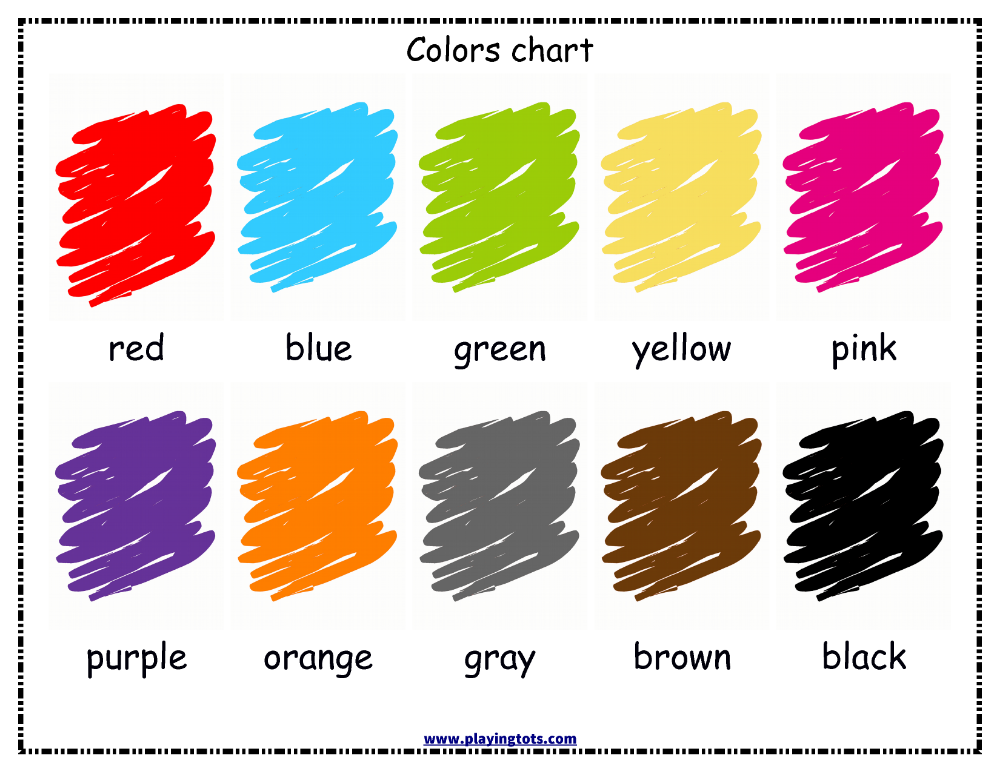 If the baby is shy and not very active, orange can help. Add brightness to the interior or wardrobe, and the effect will not keep you waiting. In addition, orange ensures the healthy functioning of all body systems, and also strengthens psycho-emotional stability. An indispensable color for children's environment.
If the baby is shy and not very active, orange can help. Add brightness to the interior or wardrobe, and the effect will not keep you waiting. In addition, orange ensures the healthy functioning of all body systems, and also strengthens psycho-emotional stability. An indispensable color for children's environment.
PURPLE
Imagination draws lilac and lavender, delicate violets and shades of sunset. Deep and even intelligent color. It is a symbol of spiritual development and enlightenment.
The use of purple in the interior of the room has a beneficial effect on the psyche of the child. Gives a feeling of peace, enhances empathy and intuition. The strength of this color is in harmony. Purple is liked by both girls and boys, so feel free to make a choice in its favor.
TURQUOISE
This shade gives us the sea, a bright sky on a sunny day, jewelry with turquoise. Pleasant to the eye, refreshing, invigorating.
This color promotes creativity and self-expression, calms, but at the same time gently stimulates to action.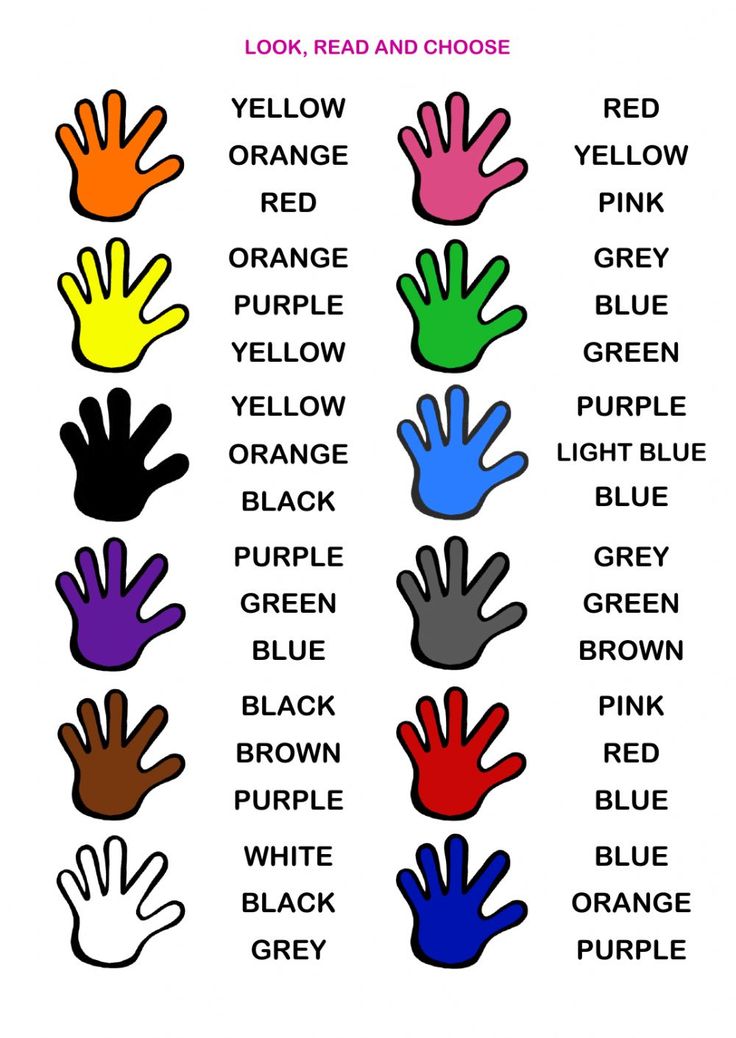 The use of turquoise color is possible both in the wardrobe of boys and girls. Great for a child's room, uplifting and relaxing.
The use of turquoise color is possible both in the wardrobe of boys and girls. Great for a child's room, uplifting and relaxing.
GRAY
At first glance, it may seem bleak and dull. We call gray a rainy day, clouds in the autumn sky or a bad mood. In fact, the effect of gray on a person is very beneficial. It instills confidence, reassures. Gray perfectly dilutes brighter colors in the interior or wardrobe.
Does your daughter like lots of pink? Add discreet gray to it and get a noble combination. This color harmoniously looks with many rich shades, calming them. Do not be afraid of gray, but it is not advisable to overdo it.
HOW TO APPLY KNOWLEDGE ABOUT COLORS
As you can see, having studied the psychology of color, you can carefully influence the psyche and mood of the child. Some shades soothe and relax, others invigorate and give strength. When choosing a color, be guided by the temperament and character of the children, and also take into account their biorhythms and condition at a particular point in time.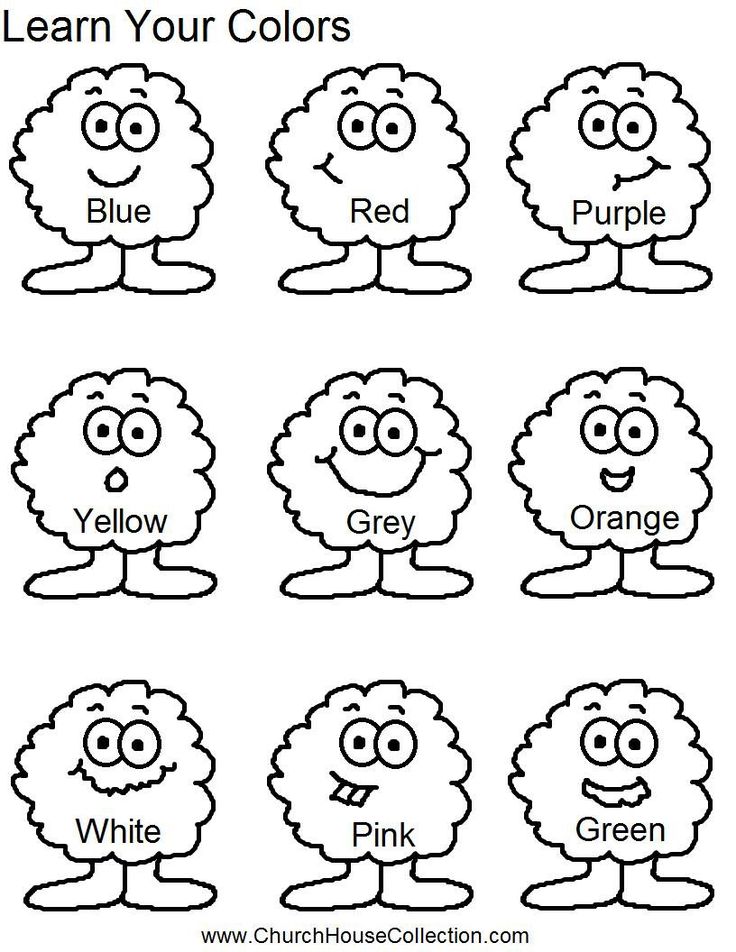
For example, in the morning we all lack vigor. Serve your little one breakfast on an orange plate and you'll energize them for the day ahead. But in the evening it is better to listen to fairy tales, wrapped in a soft green blanket.
For walks on a gloomy autumn day, wear boots and a raincoat in rich colors. Such clothes will cheer you up. And when choosing pajamas, give preference to calm tones.
A room of energetic fidgets is best decorated in neutral colors. Shy and less active will help to liberate bright accents in the interior.
Now you are armed with knowledge, but do not forget to rely not only on theory, but also on the preferences of the baby. After all, the main thing is that the color is pleasant and pleasing to the eye.
The influence of color on a child from the point of view of psychology and medicine
Colors are one of the most unique and rich decorations of our life. Color perception is an important step in the development of the baby.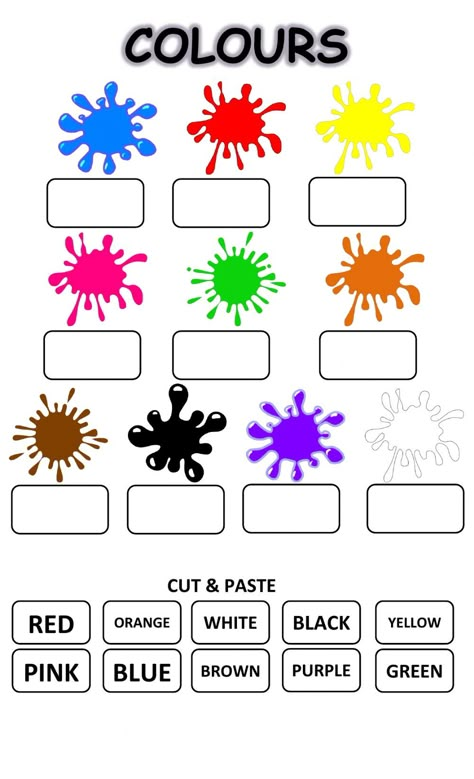 The color scheme surrounding the child, whether it be the color of clothing, a children's room or a playground, has a significant impact not only on the development of speech and vision, but also on the child's psyche and body as a whole.
The color scheme surrounding the child, whether it be the color of clothing, a children's room or a playground, has a significant impact not only on the development of speech and vision, but also on the child's psyche and body as a whole.
As a result of numerous studies, it was determined what effect a certain color has on a child. If you use this knowledge, you can choose colors depending on the purpose of any of the children's items, as well as use them correctly in the children's play space.
Red is a strong irritant for a child. Even in the calmest children, it can cause excessive activity. At the same time, it gives joy to both children and adults. Do not use it in the children's bedroom, so as not to prevent the child from sleeping peacefully. Especially, you should not use red for a hyperactive baby, so as not to increase nervousness and excite aggression.
Pink color, depending on the brightness of the shade (bright, reddish), encourages action.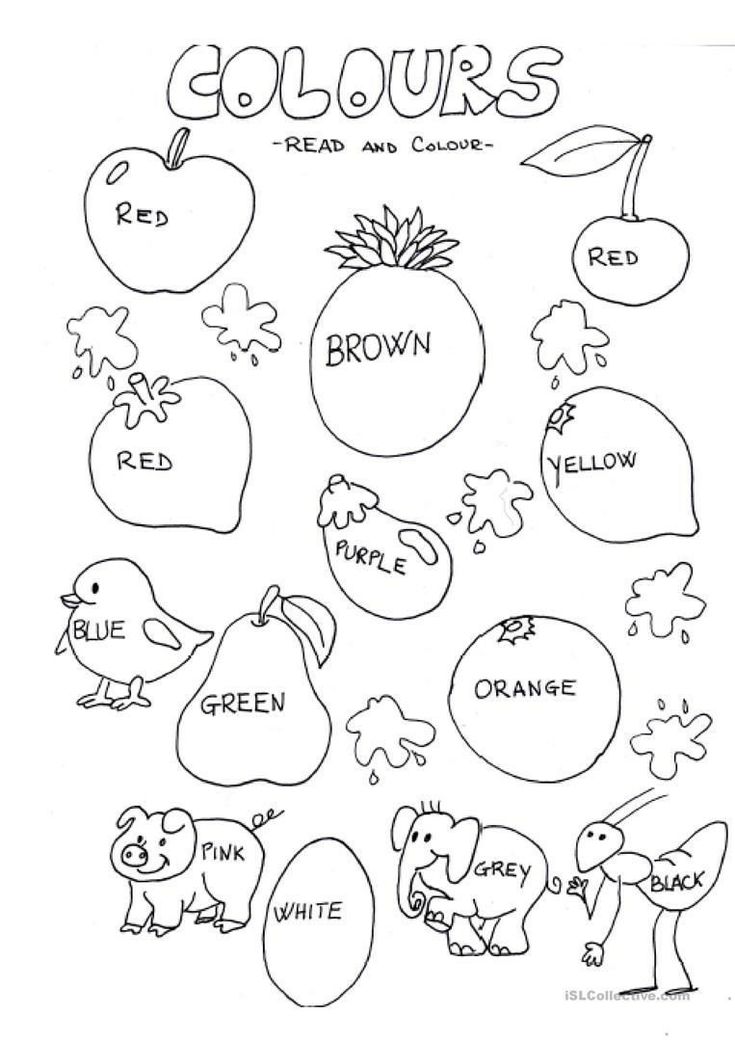 At the same time, the soft shade will soothe the baby.
At the same time, the soft shade will soothe the baby.
Yellow is considered the color of harmony. It is able to cause joyful sensations in the child, and also stimulates children to concentrate. Especially, the yellow color has a beneficial effect on an excited, nervous child prone to tantrums. Also, yellow color increases appetite.
The green color has a significant impact on the development of the child. Encourages interest in learning and knowledge of the world around. Shades of green build self-confidence, instilling courage in the child. But do not get too carried away with green, especially if your child is phlegmatic. Otherwise, it will completely lose activity.
Blue can be called the color of purity and depth. Its shades, even in the most passive child, can arouse interest in something new, awaken the imagination. In color therapy, blue is used to combat stress. At the same time, in a sensitive baby, a rich blue color can cause an unconscious feeling of anxiety.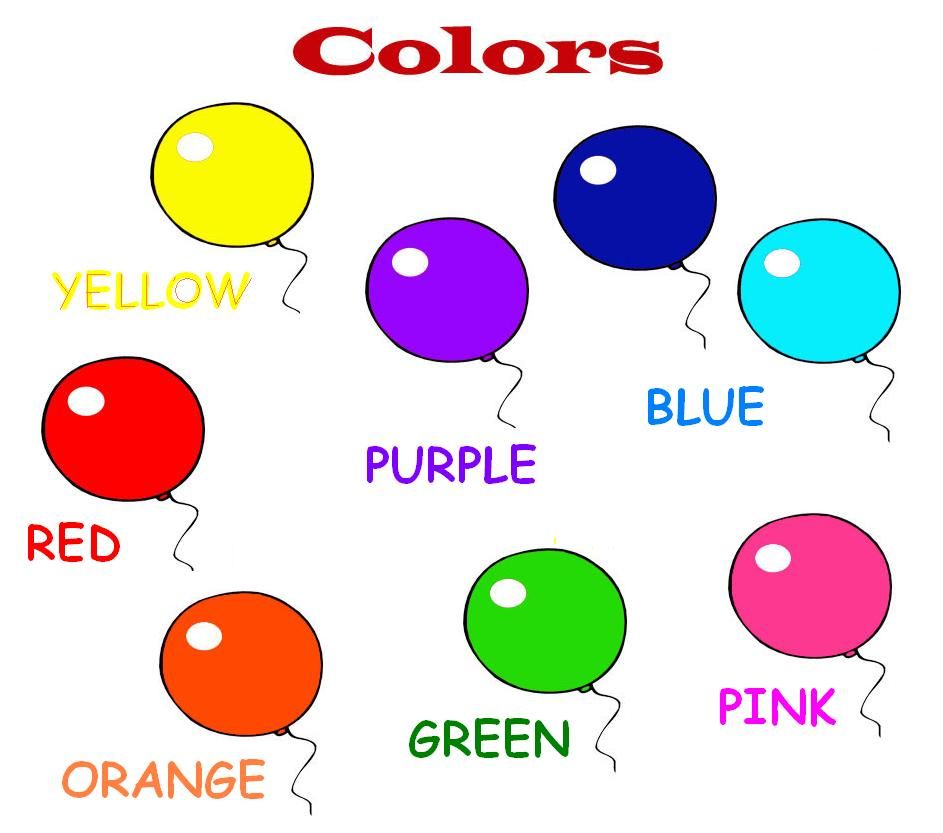 If you are faced with the task of drawing the child's attention to something specific, then be sure to try to use at least a little blue.
If you are faced with the task of drawing the child's attention to something specific, then be sure to try to use at least a little blue.
Blue color is simply indispensable for stress. It is always lightness, freshness and weightlessness. Blue shades have a calming and relaxing effect on the child's body. From a medical point of view, it has been proven that the color blue can lower blood pressure. Blue shades help relieve tension, but you should not oversaturate the children's space with this color, so as not to cause a feeling of cold and alienation.
White color can create a favorable background for children's perception, as it is devoid of emotional aggressiveness. Therefore, using it in the interior helps the child to calm down and improve well-being. At the same time, white should be used with caution, as it can increase a child's sense of insecurity. Beige color in its psychological properties is similar to white. Gray color calms and reduces activity.
Black is not the color of childhood. Often it is interpreted as the absence of color. A large amount of black can be oppressive and cause fear in a child.
Often it is interpreted as the absence of color. A large amount of black can be oppressive and cause fear in a child.
Brown color symbolizes confidence and calmness, but it is not able to evoke strong emotions. In large quantities, it weighs down.
Orange, like red, is the color of an impulse aimed at interacting with the outside world. Surrounded by orange, the child is better able to tolerate being alone. Its use increases activity and sociability, which is often necessary for lethargic and inactive children. Orange is a great mood booster.
Violet color symbolizes spiritual perfection, purity, abundance and enlightenment. It evokes in children a sense of peace and inner harmony.
Understanding the impact each color has on the child, you can not only beautifully, but also usefully decorate the children's space. Using color, you can create a more comfortable play area, a playground, a room for classes and recreation. There should be a lot of all the colors in a child's life.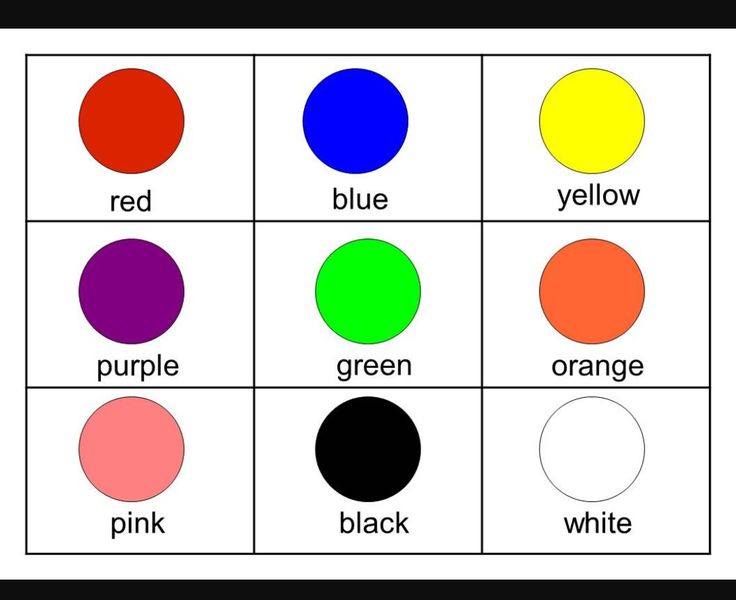 The main thing is to maintain a reasonable balance.
The main thing is to maintain a reasonable balance.
Red color promotes the activation of blood circulation, normalization of metabolism, and also stimulates brain activity. In the winter season, when we are all prone to colds, color therapy recommends seeking help from red, which helps to slow down and stop the inflammatory process. Muscles are also able to respond to red. It promotes relaxation of muscles and joints.
Orange. In color therapy, orange is used for any disorders of the gastrointestinal tract, kidneys and bladder. If a person suffers from a pulmonary, cardiac or endocrine disease, doctors recommend getting orange curtains. It will have a more than positive effect on the body. The orange color is credited with the ability to balance the hormonal state of the body and cleanse any system of the body from mucus.
Yellow. The area of influence of yellow color on our body is the entire digestive tract. Its most beneficial effect is in violation of the liver.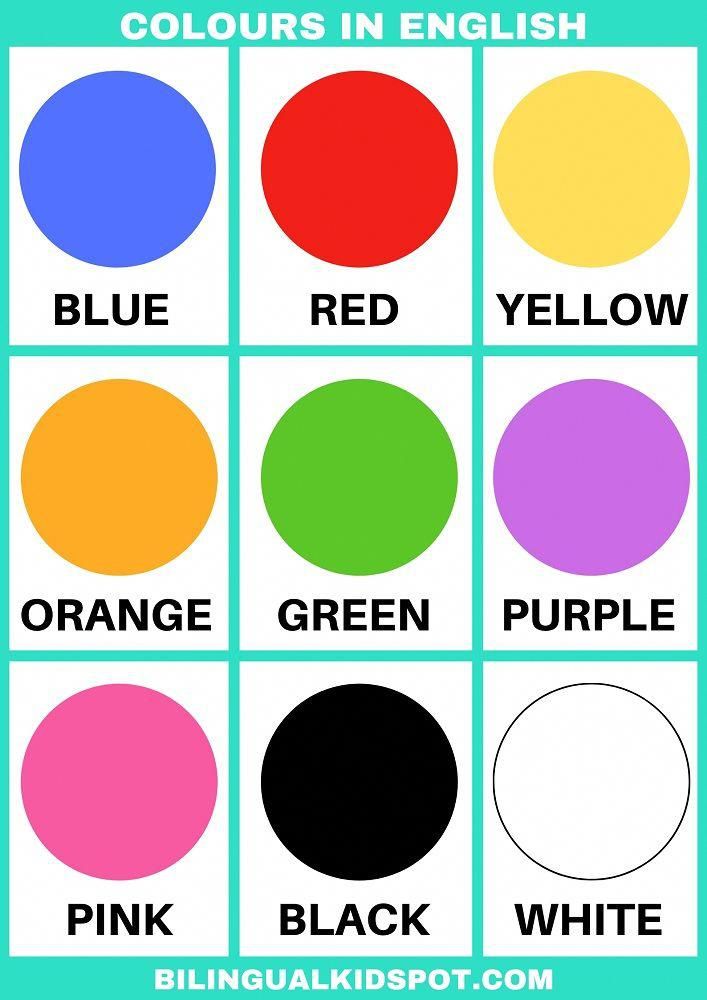 With careful use, diseases of the skin and the central nervous system are cured. In color therapy, yellow is called the color - "orderly". It cleanses the body of toxins, controls weight, as it stimulates the secretion of gastric juice necessary for digestion.
With careful use, diseases of the skin and the central nervous system are cured. In color therapy, yellow is called the color - "orderly". It cleanses the body of toxins, controls weight, as it stimulates the secretion of gastric juice necessary for digestion.
Green directly appeals to nature, therefore, apparently, it stimulates well all restorative processes: fusion of fractures, growth of new tissues of all kinds. This is a more versatile color than red or yellow, so it works equally well in both the heart and kidney areas. Green has a moderate anti-inflammatory and anti-allergic effect. Providing a tonic effect, relieves headaches and stabilizes blood pressure.
Blue is one of the most healing colors, as it has a beneficial effect on most systems of the human body. Its main function is to relieve pain. Blue is actively used in the treatment of burns, bruises, inflammation. Blue will help with feverish conditions. Under the influence of this color, the course of diseases of the endocrine system is facilitated, and in small doses, blue is used in the treatment of diseases of the thyroid gland and kidneys.